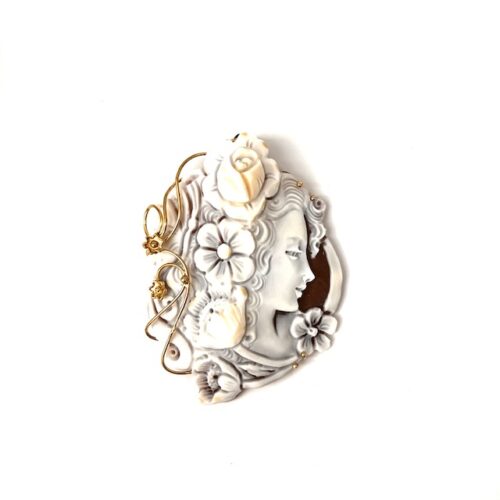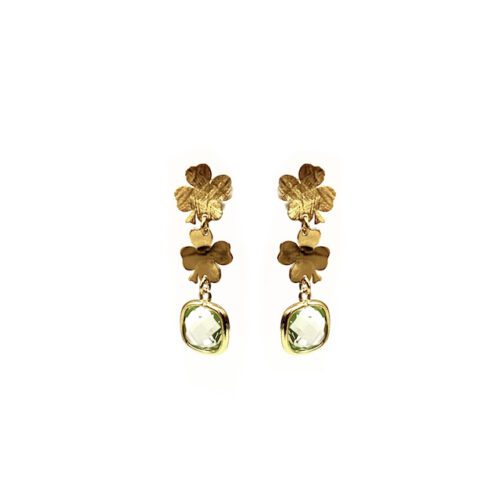Extracted from strands of argentite, the history of Argento begins over 500 years ago. As a prized and accessible metal in jewelry, silver is known to virtually every civilization. It is also common to find the use of silver also for the production of art objects, for cutlery and crockery in general.
The chemical symbol for silver is “Ag”, derives from the Latin term “argentum” which indicates precisely silver.
Pure Silver is therefore ductile and lighter than gold or platinum. It is generally alloyed with a second metal such as copper, in order to give it greater hardness. As for platinum, the degree of purity of silver is also defined on a thousand scale, or on the basis of a subdivision of the components into a thousand parts: for example 925 silver, in English Sterling Silver, is composed for a percentage of 92.5 percent of standard silver and for the remaining 75 parts, or 7.5 percent of the components, of another alloy. Equally bright is 95.8% pure silver – that is 958 silver. The numbers therefore indicate the minimum percentage of pure silver which, combined with other metals, makes up the object.













